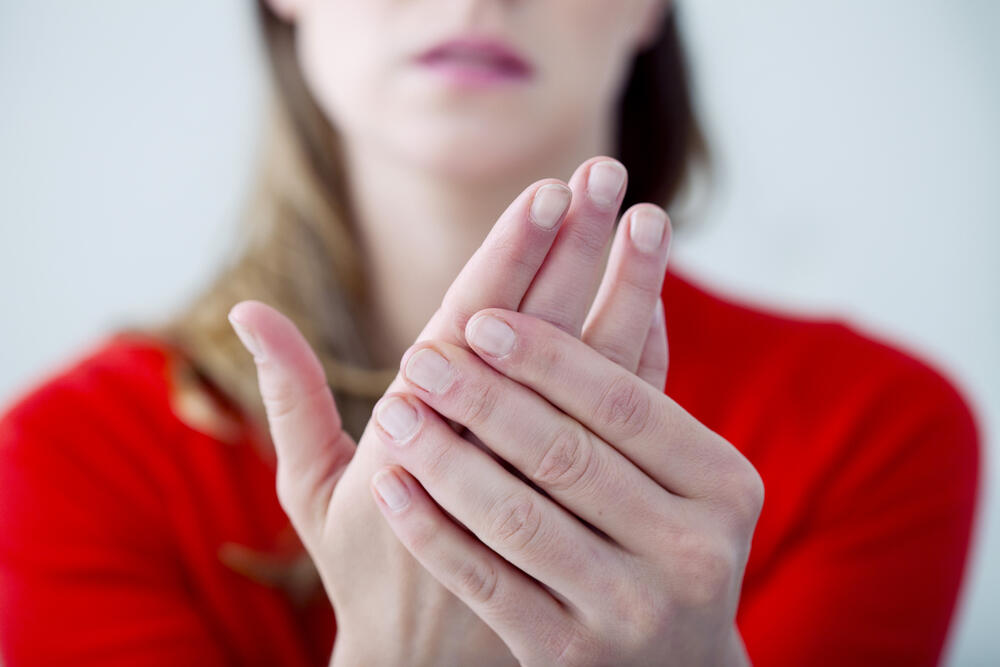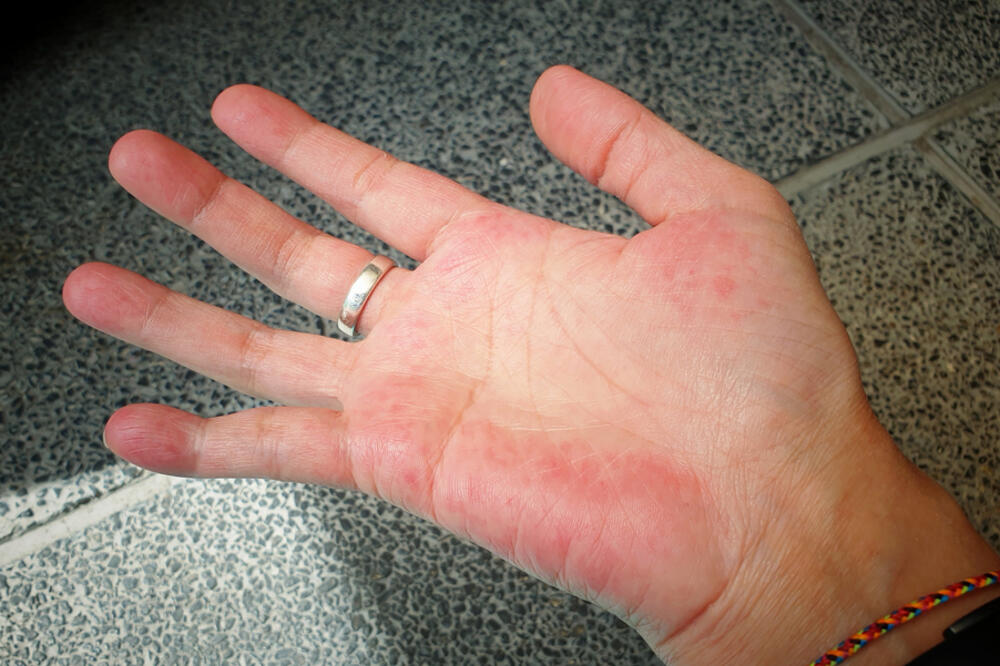Your health is in your hands, literally. Our hands are one of the barometers of our well-being and the slightest change on them can mean a serious health problem in other parts of the body.
Nails
Your nails should be pink in color. If they have a greenish-yellow hue, you probably have a yeast infection and should see a doctor for antifungal treatment. In addition, yellow nails can be a sign of lung disease, he writes Aktivni.si.
Brown spots under the nails can indicate certain health problems, and pitted nails, where the normally smooth surface has several small indentations, are commonly associated with psoriasis. If you notice unexplained changes in the color of your nails, you should see a doctor.
A healthy nail should be slightly raised in the middle and slightly curved downward at the tip. If your nail looks the opposite of this, like a spoon, it is a sign of iron deficiency and anemia. You can correct this by taking iron supplements and including more green vegetables and some red meat in your diet.

When the nail takes the shape of a ball, it is even more alarming, because it can mean a serious illness, such as lung cancer or heart problems. Contact your doctor if your nails become soft and appear to float instead of staying firmly attached.
Blisters on fingers
Lumps near the nails are the first signs of osteoarthritis. These nodules occur when disease causes a loss of joint space, causing the joints to expand as new bones begin to form. Osteoarthritis, which is general wear and tear on the joints, is common in women and painful.
Shaky hands
Everyone's hands shake to some degree, but if yours is shaking significantly, it could be an early warning sign of Parkinson's disease, which affects the nervous system. Shaky hands can also be caused by stress, anxiety, or excessive alcohol or coffee consumption. You may also have “essential tremor,” an inherited neurological condition. Contact your doctor if you notice tremors, slowness of movement, or stiffness.
Dry skin
Very dry skin can be a sign of an underactive thyroid gland, as the skin loses moisture. It can also mean that someone is sensitive to soaps and other beauty products. Hands also lose moisture after menopause because the skin dries out when estrogen levels drop in women.
Red palms
For centuries, doctors associated the redness of the palms with liver diseases, especially cirrhosis. It is believed that palmar erythema (redness of the palms) is caused by the dilation of blood vessels, formed in response to a hormonal imbalance caused by liver damage.
Redness appears on the outer edge of the joint, from the beginning of the thumb, along the joint to the little finger. Other signs are white nails caused by protein deficiency, typical of liver disease, as well as jaundice of the skin. Red palms can also be a symptom of rheumatoid arthritis, thyroid disease and sometimes pregnancy.
Sweating of palms
Our palms often get hot, and therefore sweaty, when we are nervous or upset, but if this happens to you regularly, your thyroid may be to blame. An overactive thyroid gland causes an increase in the rate of metabolism.
This means that as your body temperature rises, you burn more calories and sweat more. There may also be unexplained weight loss, a constant feeling of nervousness, swelling of the thyroid gland in the throat. An overactive thyroid gland can be treated with medication.
Bonus video:





